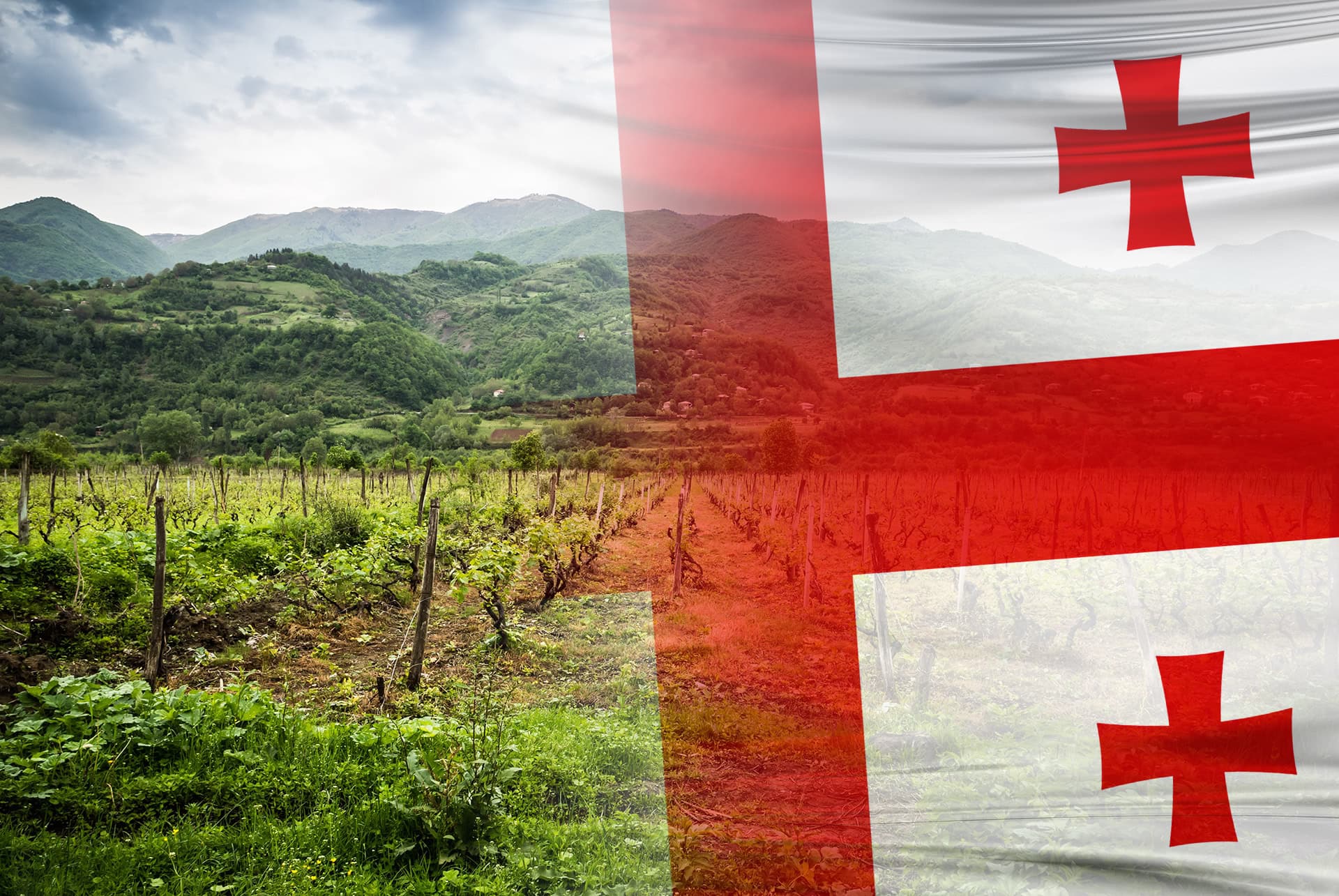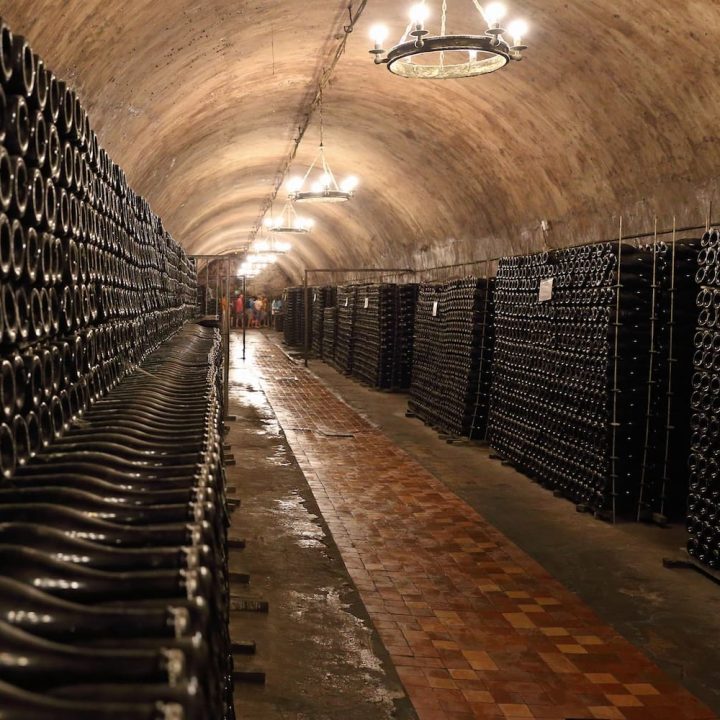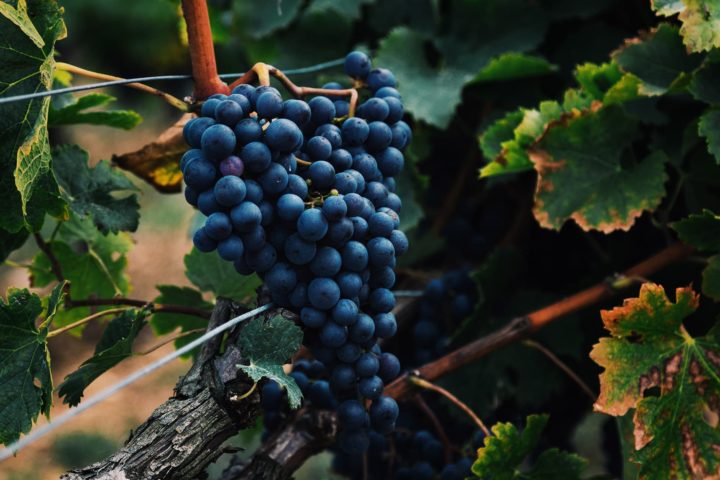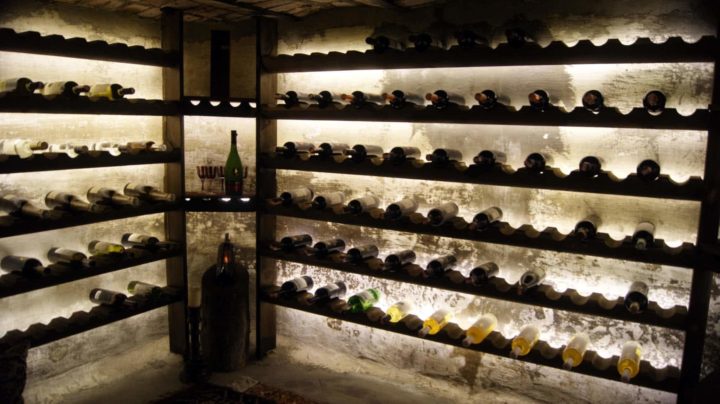Wine from Georgia? Georgia? If you now have to look twice and say to yourself: I’ve never seen that before, let alone drunk it, then you’re certainly not alone. For wine lovers in Germany and Western Europe, wine from Georgia is still a rather unknown quantity.
The fact that Georgian wine is hardly represented in this country is due, among other things, to the fact that only large companies export their wines, which are pressed using European methods. The local farmers almost all produce their own wine, from sometimes ancient grape varieties and according to traditional Georgian methods in amphorae made of clay.
After a long period of mass production without much demand for quality, there has been a change of heart in recent years. After the collapse of the Soviet Union, Georgia’s wine industry is in search of new sales markets and is gradually adapting to international standards. In the near future, we will certainly hear about – and enjoy – Georgian wine more often.
Georgia is the cradle of wine
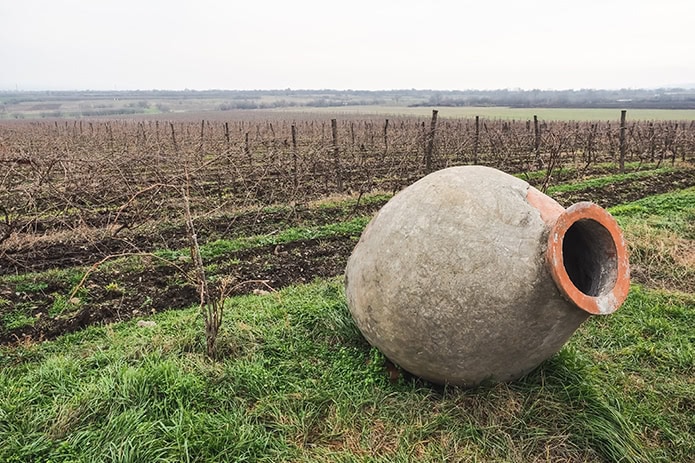
The oldest archaeological findings indicate that the beginnings of viticulture in Georgia date back to about 6,000 BC. More recent relics from about 4000 years ago have been excavated at various sites, including vessels, tools, and grape seeds. A closer examination of the seeds revealed that the vines were already cultivated at that time and did not represent a wild form. This was the variety Rkatsiteli, which is still grown today.
When Jason, the leader of the Argonauts from the Greek myth of the same name, landed in Colchis in western Georgia, he supposedly found grapevines entwining at the king’s palace and a well of wine shaded by trees. The origins of this story lie in the 8th century BC and go hand in hand with the colonization of the Black Sea by the Greeks. Presumably, the wine was already grown at that time not only for home consumption, but also exported to Greece and Persia.
In ancient times, the wine-making skills of Georgians were widely known. Numerous historical sources testify that the first known grape varieties were cultivated in Georgia and spread from here to Greece, Egypt and Mesopotamia, as well as the method of aging in clay amphorae.
A Special Relationship: Georgia and the Soviet Union or Russia

A special chapter in the history of Georgian viticulture is the relationship with the former Soviet Union. Wine from the Georgian SSR was very popular and found strong sales. In the period between 1950 and 1985, the area under cultivation grew from about 58,000 hectares to 128,000 hectares, more than doubling. It was a time of mass production, when sometimes 800,000 tons of wine were produced per year, but its quality left much to be desired.
In 1985, then Communist Party General Secretary Mikhail Gorbachev launched an anti-alcohol campaign to limit the disastrous effects of alcoholism. Not only were daily sales hours restricted, but also maximum quantities per person were set. In addition, two-thirds of alcohol outlets were closed. This campaign, of course, also had an impact on viticulture in Georgia. Vineyard after vineyard was abandoned and the area reduced by more than half to 60,000 hectares at last count.
Georgia’s independence since 1991 and its membership in the World Trade Organization since 2000 led to a boycott of Georgian products and finally to an official import ban by Russia in 2006. This meant the loss of the largest customer, since about 70 percent of the total wine production went there. If you then consider that wine is Georgia’s second most important export item of all, it is easy to imagine the impact these sanctions have had on the country’s economy.
Georgian grape varieties
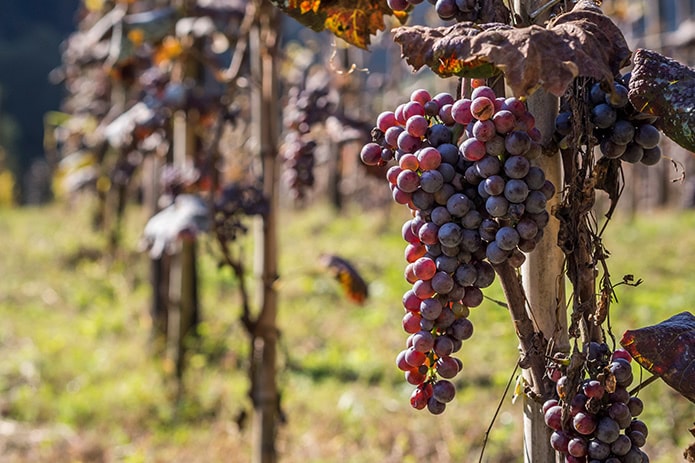
Georgia is best known for its red wine, which grows on 60 to 70 percent of the total area. In the past, consumers preferred predominantly sweet, tannin-heavy red and white wines and produced them in mass accordingly. Today, not only is more emphasis placed on quality, but internationally renowned varieties such as Cabernet Sauvignon, Malbec, Merlot, Pinot Noir, Chardonnay and Riesling are also cultivated.
At the same time, the number of autochthonous grape varieties is enormous. Out of 4,000 known vines worldwide, more than 500 originate from Georgia. However, only a few are officially approved for viticulture. The best known are the red Saperavi and the white Rkaziteli. Georgians themselves like to drink semi-dry wines, sweet fortified wines and fortified drops, as well as brandy* made from Georgian wine, in addition to dry wines.
The main growing areas within Georgia
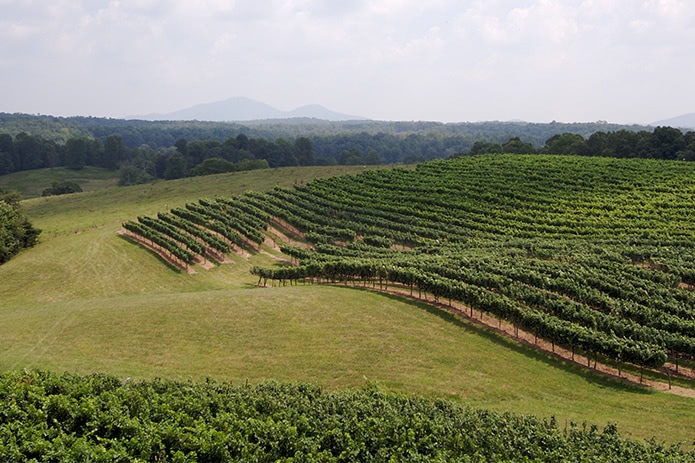
The four largest growing regions in Georgia are Kakheti, Kartlia, Imeretia and Racha-Lechchumi. The subtropical regions of Guria, Mengelia, Abkhazia and Ajaria are grouped together as the fifth region.
Kakheti in the east is the most important region for viticulture in Georgia. The climate is temperate, the soils are mostly calcareous. About 70 percent of all grapes for wine and brandy* production are grown here. Kakheti wine develops a special character because it is first fermented in special clay jars called quevri and then aged on the mash for between three and four months – a method that has been practiced in Georgia for thousands of years.
Around 15 percent of wine production comes from Carthia, where the Georgian capital Tbilisi is also located. European-style export wines are produced there, as well as base wines for sparkling wine and brandy. The remaining 15 percent come from Imeretia in western Georgia, Racha-Lechchumi in the north, and the five subtropical regions mentioned above. Here, almost exclusively sweet wines are pressed for the domestic market.
The wine culture of Georgia

The importance of wine in everyday life and culture in Georgia can be seen, for example, in the fact that even gravestones of national heroes were designed in the shape of grapes and vines. Or at the monumental sculpture “Mother of Georgia”, which stands in Tbilisi. She holds a sword in her right hand to ward off enemies and a wine bowl in her left as an expression of joie de vivre. At traditional weddings, the father of the bride, as the host and hostess, should have between 500 and 1,000 liters of wine ready to serve all the guests. In some areas, when a son is born, people fill a quevri with young wine, which is not served until the young man’s wedding.
Wine is also an important part of Georgian table culture. Before a meal, a person is chosen to ensure the flow at the table and to make toasts, which are then repeated by the guests in different variations. The first toast is to the health and well-being of the inviting family, to the homeland, to the deceased and to Georgian heroes, to parents, relatives and friends, to the future, and so on. If in the meantime other visitors come, they are simply invited, regardless of whether it is an ordinary everyday meal or a festive table.
On the way to excellent quality
Georgian wine had a bad, even miserable reputation for decades. Most of the drops were sweet and alcohol-heavy because the Russians, as the biggest buyers, preferred it that way. This has been changing since the dissolution of the Soviet Union. Numerous winemakers uncompromisingly focus on low yields and high quality, without abandoning the traditional fermentation in clay jars.
In Germany it is still difficult to get Georgian wine. Few importers are seriously addressing this issue. At present, anyone who wants to drink characteristic wine from Georgia can hardly avoid traveling to the country. But it’s worth it. Because besides wine, Georgia’s cuisine is also an experience that promises completely new culinary impressions.
